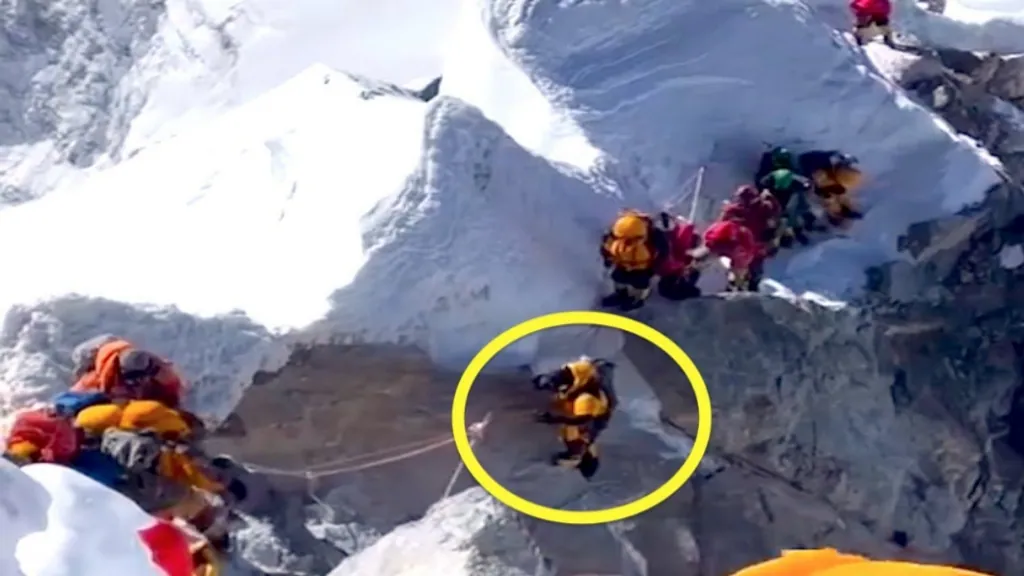Aconcagua, the highest peak in the Americas, has been shrouded in sadness with the news of a 56-year-old Romanian Climber, ( Aconcagua • Mountain • Climbing ) Mihaela Gabi Ianosi, who passed away on its slopes. This marks the third fatality on the mountain this season, raising concerns about safety and highlighting the inherent dangers of high-altitude climbing.
Tragedy Strikes Aconcagua: Romanian Climber Becomes Third Fatality of the Season
Ianosi’s death comes after a frantic search and rescue operation that began when she was reported missing. Officials located her in critical condition on January 25th, but sadly, she succumbed to the harsh conditions of the mountain. This incident follows the earlier passing of Minaev Andrei, who was found lifeless near the Plaza de Mulas base camp on January 3rd.
These tragedies cast a shadow over Aconcagua, a popular destination for climbers around the world. The mountain’s unpredictable weather, extreme altitude, and challenging terrain demand respect and meticulous preparation. While inherent risks are always present, the recent spate of fatalities raises questions about potential contributing factors and necessary safety measures.
It’s important to remember that Aconcagua is not just another mountain. At 6,960 meters (22,837 ft), it’s the highest point outside the Himalayas, and the “thin air” at such altitudes can lead to altitude sickness, dehydration, and even death. Climbers must undergo rigorous training, possess the proper equipment, and adhere to safety protocols to minimize risks.
The authorities in Argentina are likely to investigate the recent fatalities and may recommend stricter regulations or guidelines for climbers. This could include stricter permit requirements, mandatory guide services for less experienced climbers, or even temporary closures of certain routes during dangerous weather conditions.
The mountain climbing community mourns the loss of Ianosi and the other climbers who perished on Aconcagua. Their stories serve as a stark reminder of the inherent dangers of this extreme sport and the importance of prioritizing safety and responsible climbing practices.
This tragedy is not just about statistics; it’s about human lives lost. As we remember those who have passed, let their stories be a beacon of caution and a call for increased awareness and safety measures on Aconcagua and other high-altitude mountains around the world.

